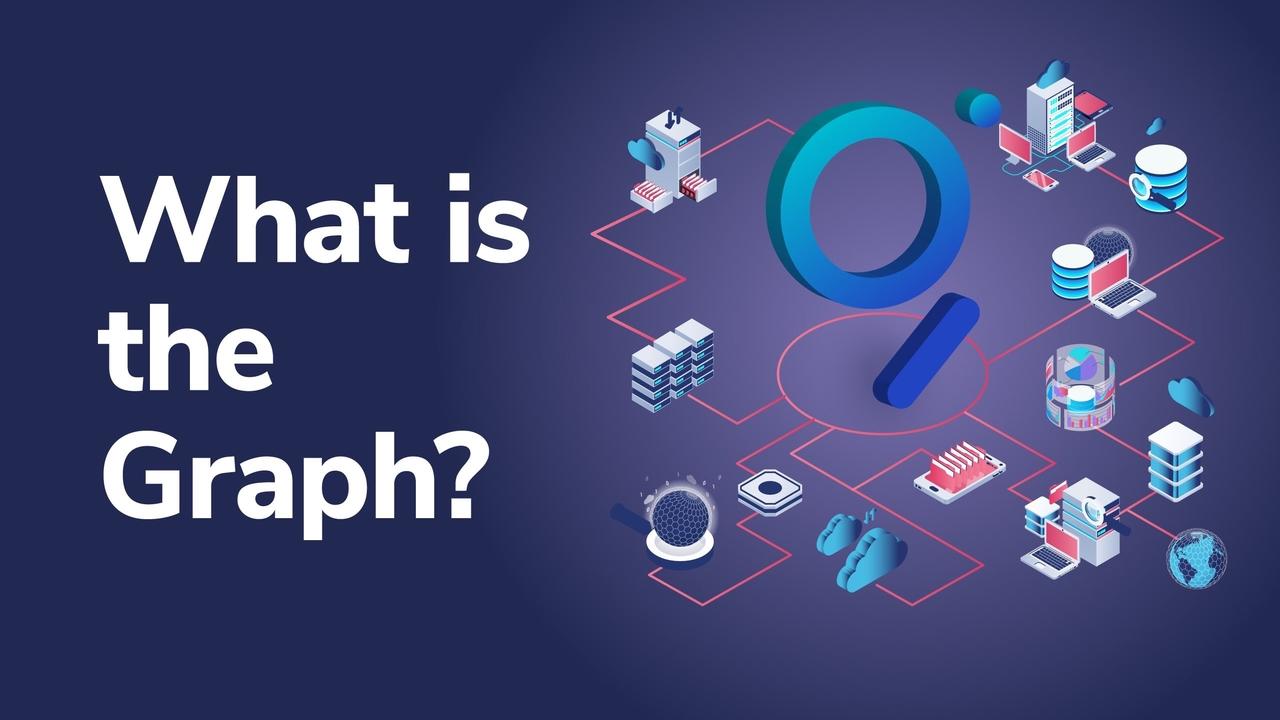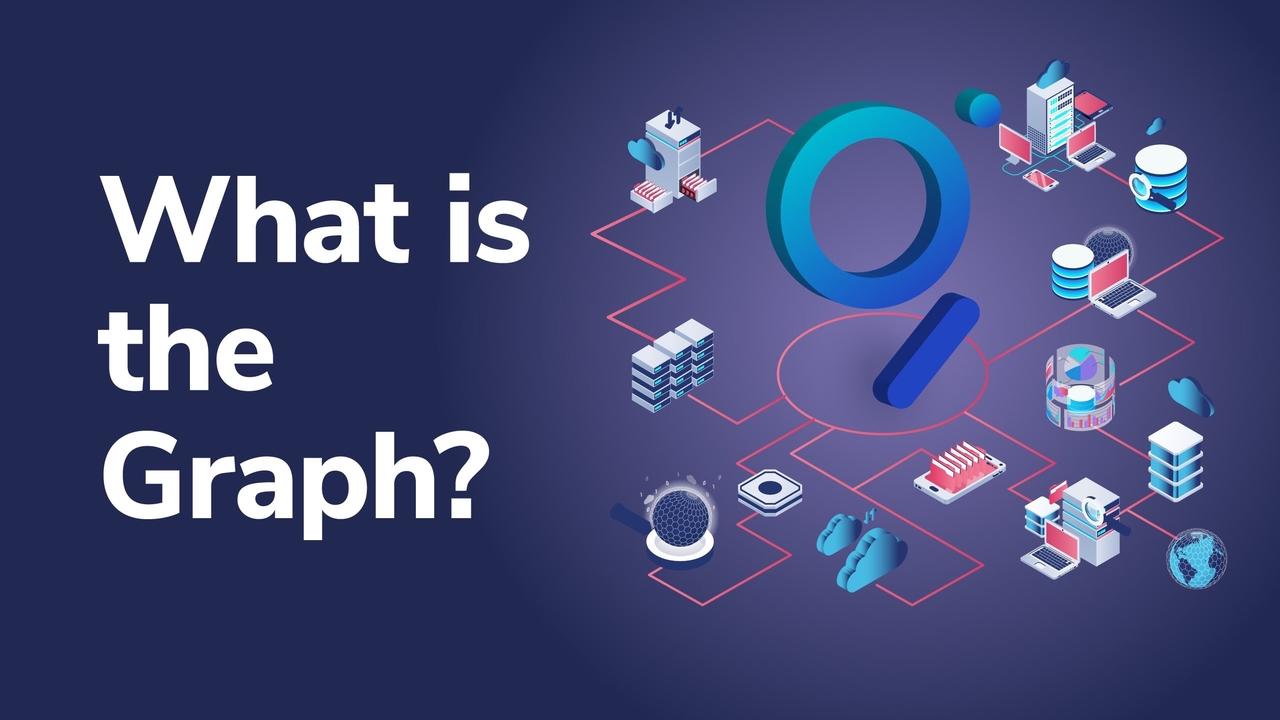
Those keeping an eye on the crypto market may have come across the Graph Network, commonly referred to as “the Graph”. The Graph is a decentralized query protocol designed for blockchains. Moreover, The Graph Network aims to make it easy to build dApps on Ethereum and storage networks like InterPlanetary File System (IPFS). Specifically, this is achieved using GraphQL. The goal of The Graph Network and the native GRT token is to build a decentralized, next-generation web3 layer that cannot be monopolized.
After three years of development, The Graph protocol launched on the Ethereum mainnet on the 17th of December, 2020. Since its launch, the GRT token has gained significant popularity, seemingly jumping out of nowhere, straight into the top 50 largest cryptocurrencies.
In this article, we’re going to explore the broad utility of The Graph Network. Also, we’ll discuss the various components of The Graph protocol, the utility of the GRT token, and how The Graph makes it so simple to build dApps.
The Graph is just one of many exciting blockchain technology-powered initiatives. As always, Ivan on Tech Academy acts as your guide to the blockchain space and is one of the premier blockchain and cryptocurrency education platforms anywhere in the world. We offer a wide variety of courses to suit all levels of experience. Not only can you learn the basic fundamentals of blockchain and crypto, but you can also learn how to write your own smart contracts. Our courses are curated by industry-leading professionals and cover every aspect of the blockchain industry.

The Graph Network is evolving the way developers create, run, and deploy applications on Ethereum. For readers who aren’t programmers, we’ve broken down the basics to explain why The Graph has seen so much publicity in a short period.
Blockchain Layer
The technological foundation of The Graph is blockchain technology, which you may already be familiar with. Essentially, blockchain is a type of distributed ledger technology, whereby a global network of computers (nodes) work together to mathematically verify transactions. Each transaction that is processed by nodes is stored on an open-source ledger of transactions, including all transactional information.
All data stored on the blockchain is immutable, meaning it cannot be removed or altered. Additionally, blockchains operate transparently, so anyone with internet access can use a block explorer to view the movement of funds. If you’re interested in learning more about how this works, and why this is not always the case, see our public vs private blockchains article.
Decentralized Applications
Decentralized applications (dApps) are a set of smart contracts combined to create a protocol or platform built on top of blockchains, such as Ethereum. Opposite to regular web applications, there is no single server as a point-of-failure. All information is immutably stored on the blockchain and can not be adjusted.
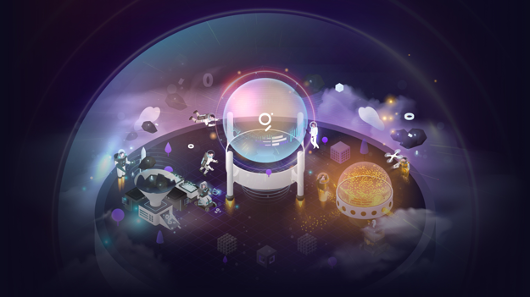
Some applications are governed by teams of developers using blockchain to make applications as decentralized and self-sustainable as possible. Alternatively, if a project is fully decentralized, holders of a project's native token can vote to propose and make adjustments to the protocol in the future.
DApps use APIs (Application Programming Interface) to create an attractive and user-friendly front end to an application. This is the website design users are familiar with, whereby interacting with the website API will talk to another application under the hood.
What is the Graph Network?
The Graph Network is a so-called middle layer, between various blockchains and decentralized applications (dApps). When creating decentralized applications, there needs to be a way to securely communicate data between the blockchain and the user-friendly front end, plus the web of smart contracts structuring the application.
The Graph protocol is making it easier for developers to create dApps by organizing smart contract data on Ethereum. The protocol saves developers tremendous amounts of storage and also man-hours creating reliable efficient data feeds from the blockchain.
The Graph Network has created the first decentralized indexes for developers of dApps on the Ethereum blockchain, called subgraphs. The Graph allows developers to use these innovative decentralized indexing tools to access organized data on Ethereum. The protocol improves the process of organizing smart contract data to make it easier for developers to focus on the front-end and other core aspects of an application.
Before the existence of The Graph protocol, developers would have to use proprietary indexes which takes away from the nature of decentralization. Furthermore, it often would require substantial hardware and engineering sources. The Graph offers developers easy access to open-source API subgraphs, with huge crypto projects including Uniswap, Synthetix, and CoinGecko already using The Graph’s hosting service.
How Does The Graph Protocol Work?
The Graph Network consists of three main components. These are all vital to the running of the protocol. Interestingly, the protocol has created a tiered system of involvement in levels of technical ability. This means, regardless of developing experience, anyone can get involved in The Graph Network.
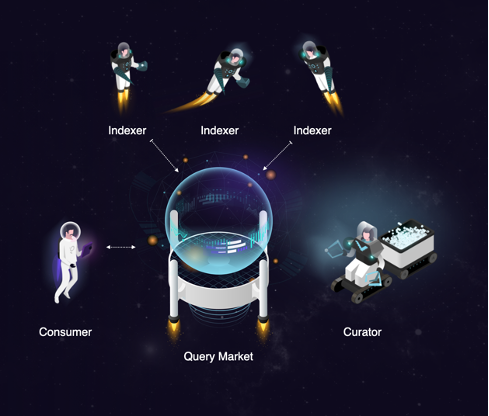
Indexers
Firstly, there are the Indexers. Indexers are responsible for running nodes and processing queries made to the indexes. The Indexers tier requires the most advanced level of technical experience.
Indexers must hold a stake of the GRT token to be able to contribute. If an Indexer behaves maliciously or provides incorrect data to applications or indexes incorrectly, the GRT tokens staked will be slashed. Indexers choose subgraphs to be indexed according to the subgraph curation signal (explained below). The Indexers are rewarded in The Graph’s native GRT tokens for query fees and Indexer rewards.
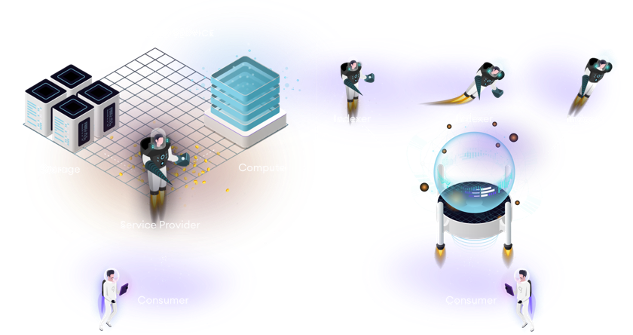
Curators
The second tier requires a fair to medium knowledge of expertise. If you’re not a developer but are an enthusiast in the crypto space, that may be enough! If you understand how the crypto ecosystem generally operates, know where the most popular communities are and the most-used applications, you can select which subgraphs will be high-quality.
Curators will use their knowledge of the industry to evaluate the quality of a subgraph. If Curators believe one to be of high-quality, they can stake their GRT tokens in a bonding curve. This then creates a signal on a subgraph. Additionally, this allows the Curator to earn a portion of the query fees from that subgraph. The more a subgraph is signaled, the more likely it is to be picked up and indexed by the Indexers. Curators then earn a portion of the query and indexing fees from their chosen subgraph.
This incentivizes Curators to choose top-performing subgraphs, as choosing lower-quality subgraphs would have fewer queries resulting in lowing earnings. Curators are not punished for bad behavior. However, there is a deposit tax to “disincentivize poor decision-making about subgraph signaling that could harm the integrity of the network”.
Delegators
The third cog in the machine is the Delegators. Requiring next to no level of technical experience, Delegators are individuals who stake GRT tokens in the network to support the Indexers. Delegators don’t need to be running a full Graph Node themselves and can delegate their stake to Indexers based on their performance history.
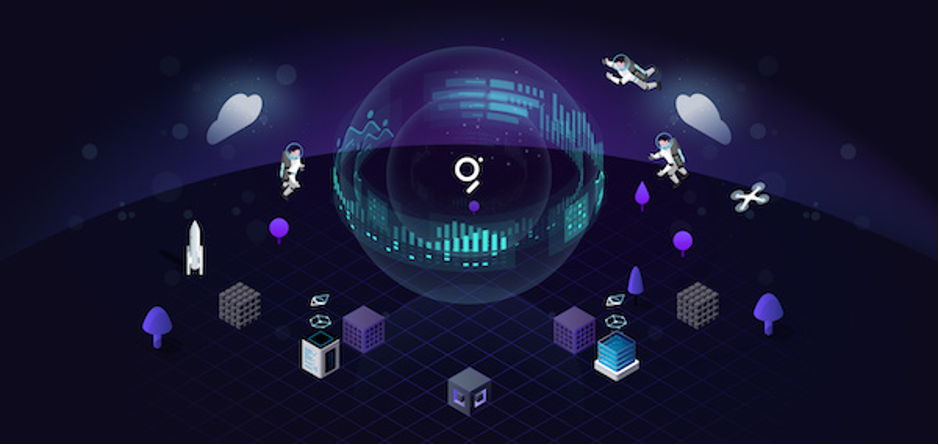
Delegators will then receive a portion of the query and indexing rewards from their chosen Indexer. Additionally, Delegators play an important role in securing the network staking the GRT token.
Consumers
Consumers are the front-end users of the applications that will pay for queries to be processed. This demographic consists largely of developers who would use the service in a similar way to a cloud service. Consumers pay The Graph Network query fees in GRT tokens through a ‘gateway’ or ‘wallet’, that is created on top of open-source contracts within the network.
If you’d like to design your own API, or even learn how to code from scratch, Ivan on Tech Academy has you covered! With courses in Javascript, C++, and Solidity, you can get up to speed in no time at all. Blockchain is the most highly sought-after skill on LinkedIn currently.
There has never been a better time to learn a new skill or pursue a new career in a developing industry. Here at Ivan on Tech Academy, you have access to all the latest resources and educational content you need. Furthermore, the Academy community is a great place to network and meet like-minded people and help each other out. You never know, you could even meet your future business partner in the community forum!
What Is The GRT Token?
The GRT token is an Ethereum-based ERC-20 work token that’s used to allocate different resources within the ecosystem. The GRT token is used to incentivize all players of the network to create continuously improving APIs. This is because all Indexers, Delegators, and Curators are paid in GRT tokens depending upon the performance of the indexes or subgraphs.

Alongside the successful mainnet launch, the GRT token was quick to be listed across the world’s largest exchanges from December 17th, 2020. Through immediate listings of the GRT token on Coinbase Pro, Binance, KuCoin, and OKEx amongst others, The Graph market cap grew to just over $1 billion in 3 days. There was a lot of hype around the release of the GRT token, with ‘GRT’ trending more on social media than Elon Musk, according to Santiment.
It is often the case when a coin pumps significantly upon release, there is a high probability of the price then dropping and making a correction. If, however, the coin has good tokenomics and solid fundamentals within the project behind it, the coin theoretically should continue to perform well with increased adoption. If you’d like to learn more about the best ways to DYOR (do your own research), save our Hottest Crypto Trends list or Essential Research Tools article for later!
GRT Tokenomics
The total initial GRT token supply is set at 10 billion, with issuance at 3% each year. The GRT token is also burned through various mechanisms. Both the aforementioned deposit tax for Curator and Delegator tokens are burned, in addition to 1% of the query fees.
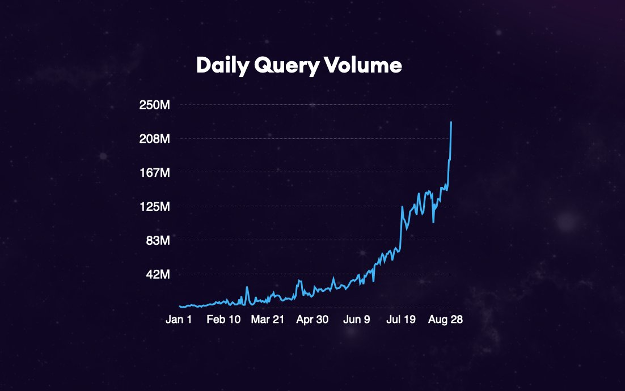
The release of token governance is beginning to unfold with the recent announcement of The Graph Council. The Graph Council is a starting point of a community-governed future, with aspirations to eventually achieve meta-governance through nested multisigs or DAOs (decentralized autonomous organization). However, this appears to be a couple of years away yet.
The GraphQL
Before The Graph came about, development teams had no choice but to use centralized indexing servers. These would pull data from Ethereum, storing it in a centralized database, before exposing the data through an API. The middle section of the process exposes vulnerabilities for errors or malicious behavior with data handling.
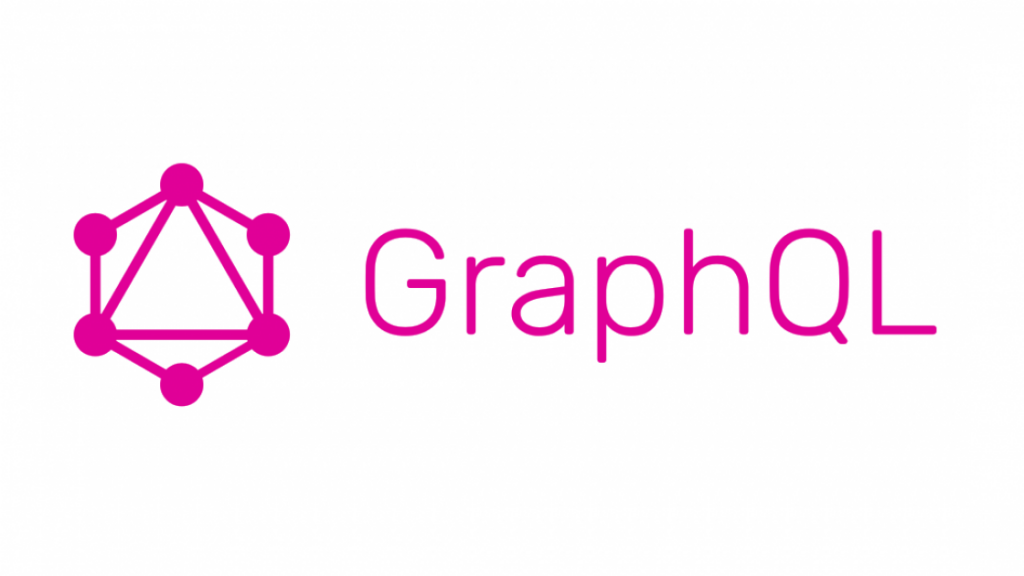
This is why The Graph created GraphQL. Now, developers don’t have to worry about receiving inaccurate data - as it can all be verified on-chain. The GraphQL is a decentralized global index of world data. The subgraphs and Indexers within The Graph protocol use The GraphQL to request queries.
Created by Facebook, GraphQL is an open-sourced query language and interface definition language (IDL). GraphQL was created as a powerful query language to solve the lack of flexibility and inefficiencies of traditional APIs.
Remarkably, GraphQL can express every piece of data required by an application in a single query. Regardless of the amount of data needed, only a single call to the network is required. Moreover, users only receive the data they need, nothing else. As a result, this helps to solve the problem of over-fetching.
GRT Token & The Graph Network Summary
The Graph Network is working toward a better data economy, incentivizing honest behavior and safer, more accurate data sources. Blockchain technology is the perfect solution to this. The Graph Network has the vision to become a “global open API layer for decentralized data”.
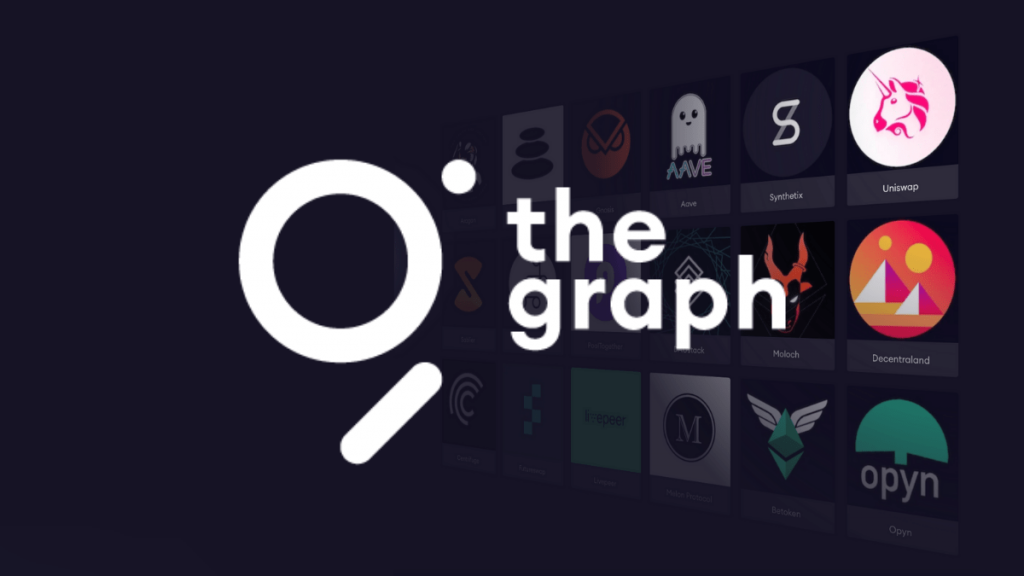
The Graph protocol is completely open-source for anyone wanting to develop their own new decentralized API. Alternatively, developers can choose to use one of the subgraphs already existing using The Graph’s hosted service. Furthermore, for non-developers, you can become a Delegator, or Curator, by staking the GRT token.
Also, anyone can submit a proposal for a subgraph via a GitHub application. The possibilities are endless with this new platform. The Graph Network makes developers’ lives easier by creating solutions to build and deploy dApps without the stress of centralized, or incorrect data concerns. This is next-level development in the blockchain space. With such hype already around the recent launch, this is definitely a project to watch!
If you’d like to build your own dApps on the blockchain, Ivan on Tech Academy has all the tools you need in one place. Why not check out our gaming development courses including Unity, Enjin, and Ethereum!
Moreover, the Academy is tailored to each individual student. Start by creating your personal study plan, then achieve your goals with the assistance of your own personal monitor. Whatever your goals, Ivan on Tech Academy is the best place to kickstart your journey into blockchain and find your perfect job in crypto!
